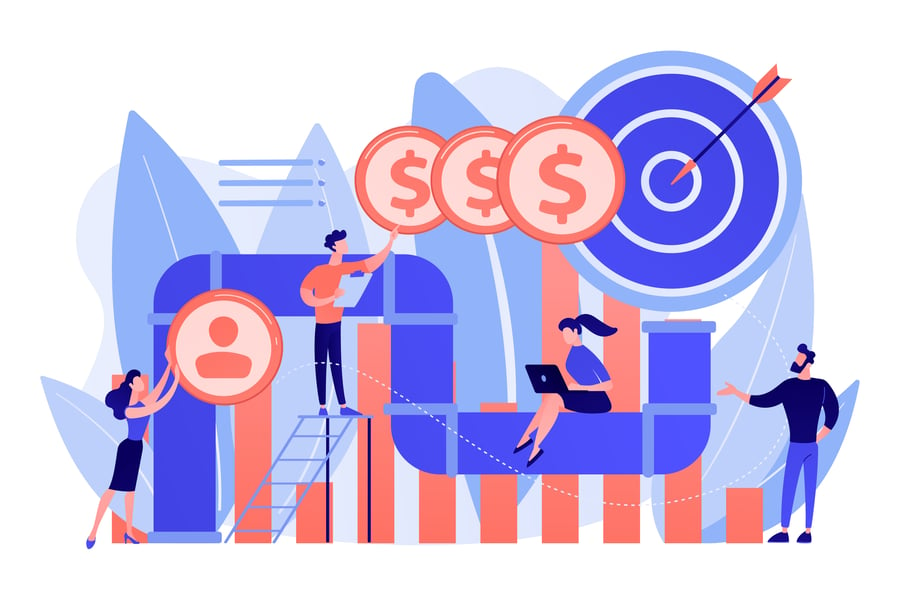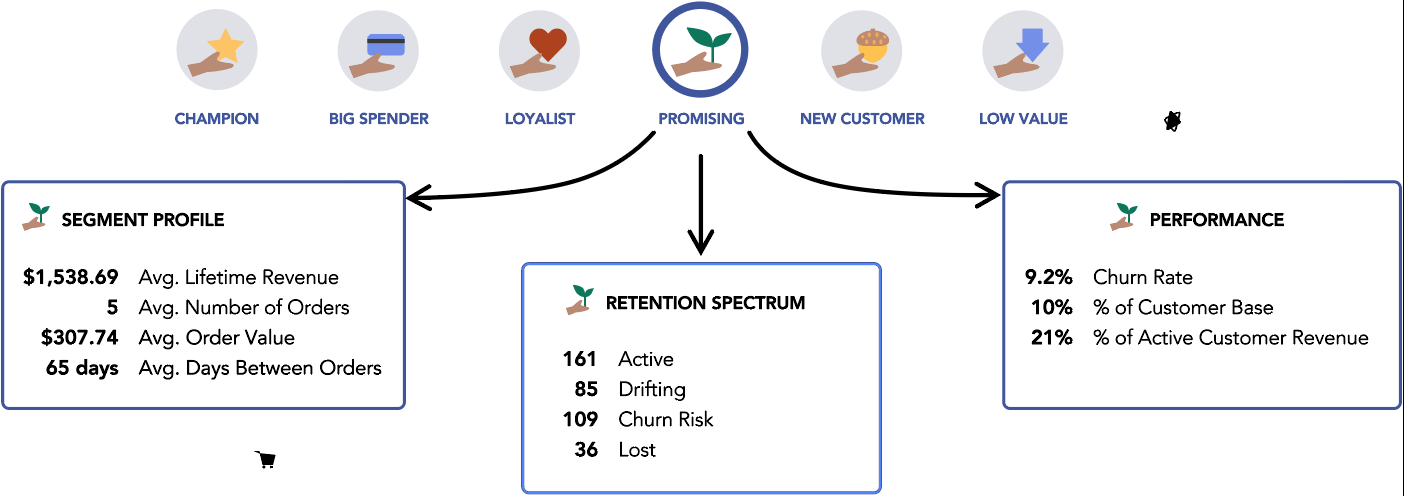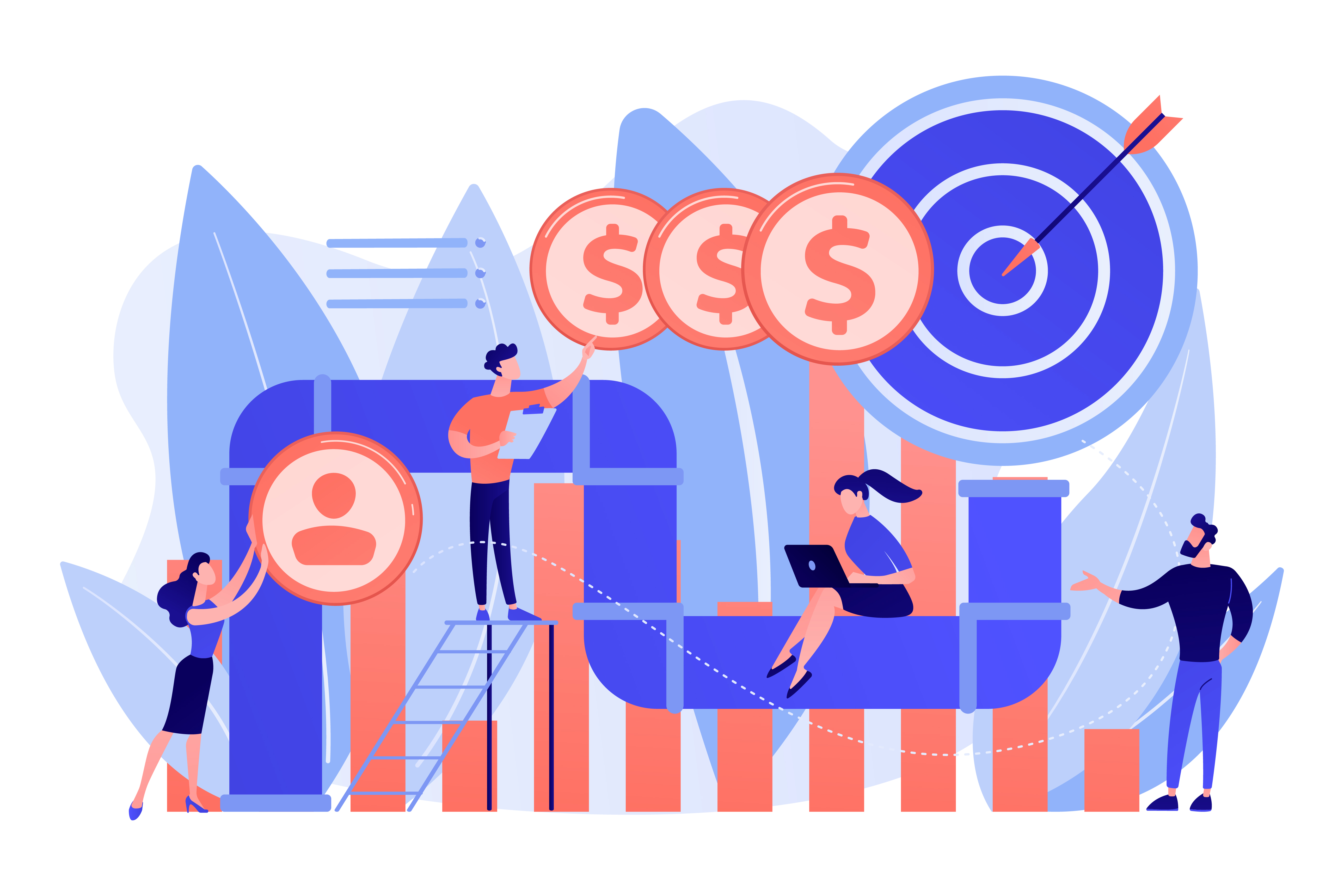Mapping your customers lifecycle is key to your marketing efforts, after all, your ultimate goal is to move them through each stage of your journey. Ultimately, that is the definition of Customer Cultivation, which is what we are all about!
Are they leads? Let's get to become buyers.
Are they first time buyers? Le's get them to become Champions.

But to move them from one stage to the next, first we need to know where they are.
To know where they are, we need to know what is the definition of each stage. What properties make it up and what is the criteria for moving them towards the next one.
Inside HubSpot there are only a handful of lifecycle stages you can chose from and while they are helpful we encourage you to make your own lifecycle stages based on what is important to your business.
We will go through some of the best practices to create your stages and using segments within each of them to analyze your customer behavior.
First things first, acquisition:
- How to analyze this?
- There are some easy reporting dashboards you can build to check your acquisition channels and analyze their performance
- There are some Unific Sync creates in HubSpot that will let you measure this with some ease.
- Total Number of orders
- Total Value of orders
Find easy to follow steps to get your reporting to show exactly what you need with the first blog in our series.
HubSpot E-commerce Reporting Part 1
Once they are inside, its about time between orders:
Segmenting them is your third step

Let's go through them with an example, Lucy has just made her first purchase in an e-commerce store and is excited to get her first product. Right now she is a New Customer. I want her to come back so I'll send her follow up emails to know about her experience, offer her a discount coupon if she repurchases within the next 3 months.
New Customer Criteria:
- Number of Purchases: 1 - 2
- Number of Categories Bought: 1
3 months later she repurchases the product and gets another type of product as well. She can now be classified as a Promising Customer. I will send her emails about the different products I have in the category of her interest, let her know a little bit about my company and our story and offer her a free sample of a new product in her next purchase.
Promising Customer Criteria:
- Number of Purchases: 3-5 or
- Number of Categories Bought: 2 - 4
She continues to repurchase every 3 months for a year, she can now be classified as a Champion or Loyalist, maybe even a Big Spender if she is getting all my premium products. Now I want her to be part of my loyalty program, I'll ask her what she loves about my brand maybe even a referral discount and she will be the first to know about my offers and new products. I'll ask for a testimonial and reward her on her birthday with her most purchased item. Maybe once a year, I'll even give her a free product since she is so loyal to my brand.
Champion Criteria:
- Number of Purchases: 5 or more
- Average time between purchases: 3 months or less
- Average products bought: 3 or more
- Average order value: $50 to $70
This is a customer journey mapped, at each stage Lucy needed something different to move to the next stage and I needed a different criteria to know when she had moved on and needed something different.
Once you define this setting your system up in HubSpot is key. There are 2 was to do it:

